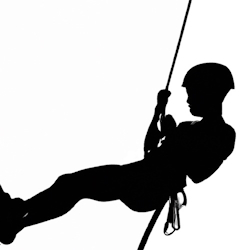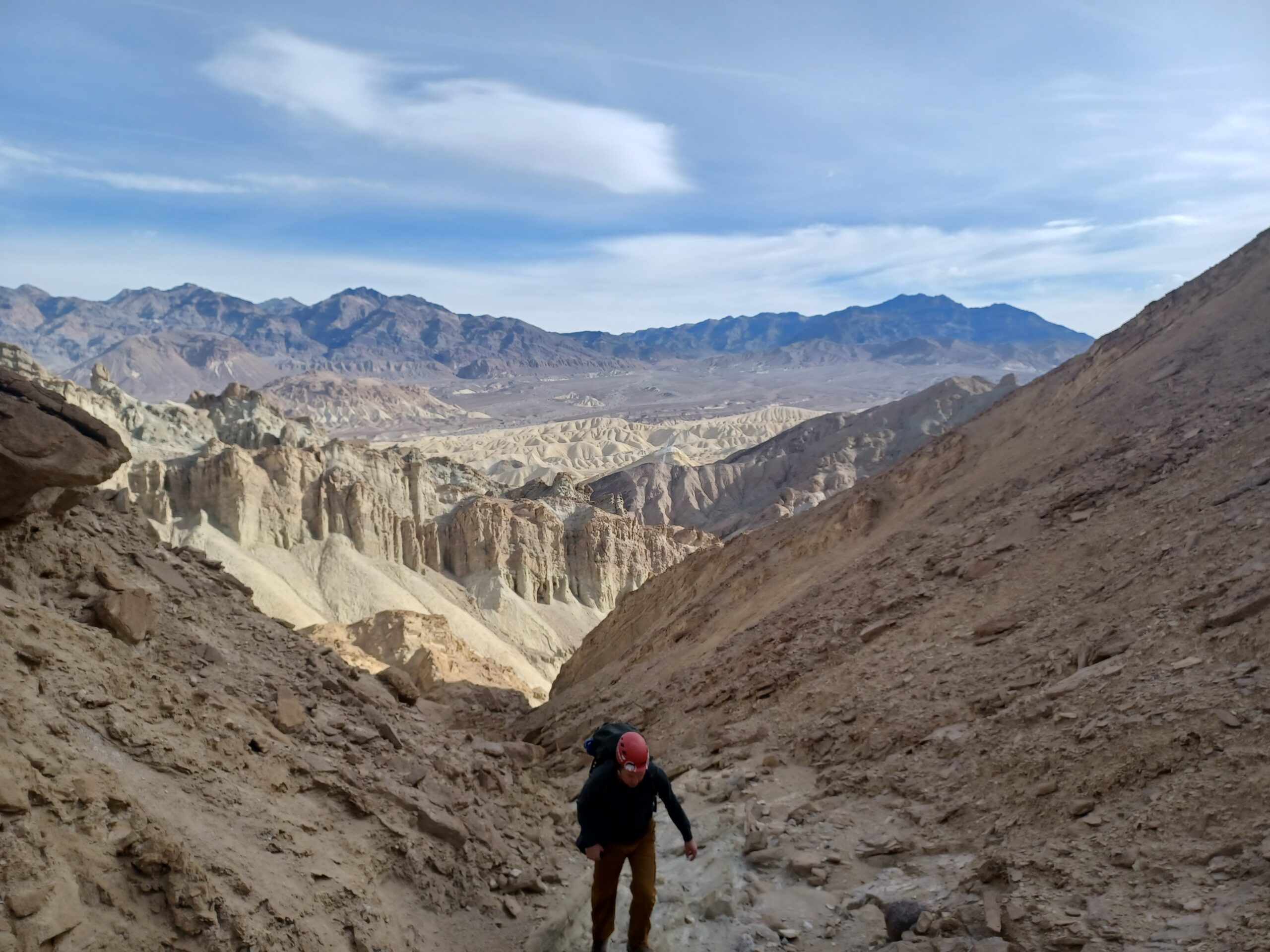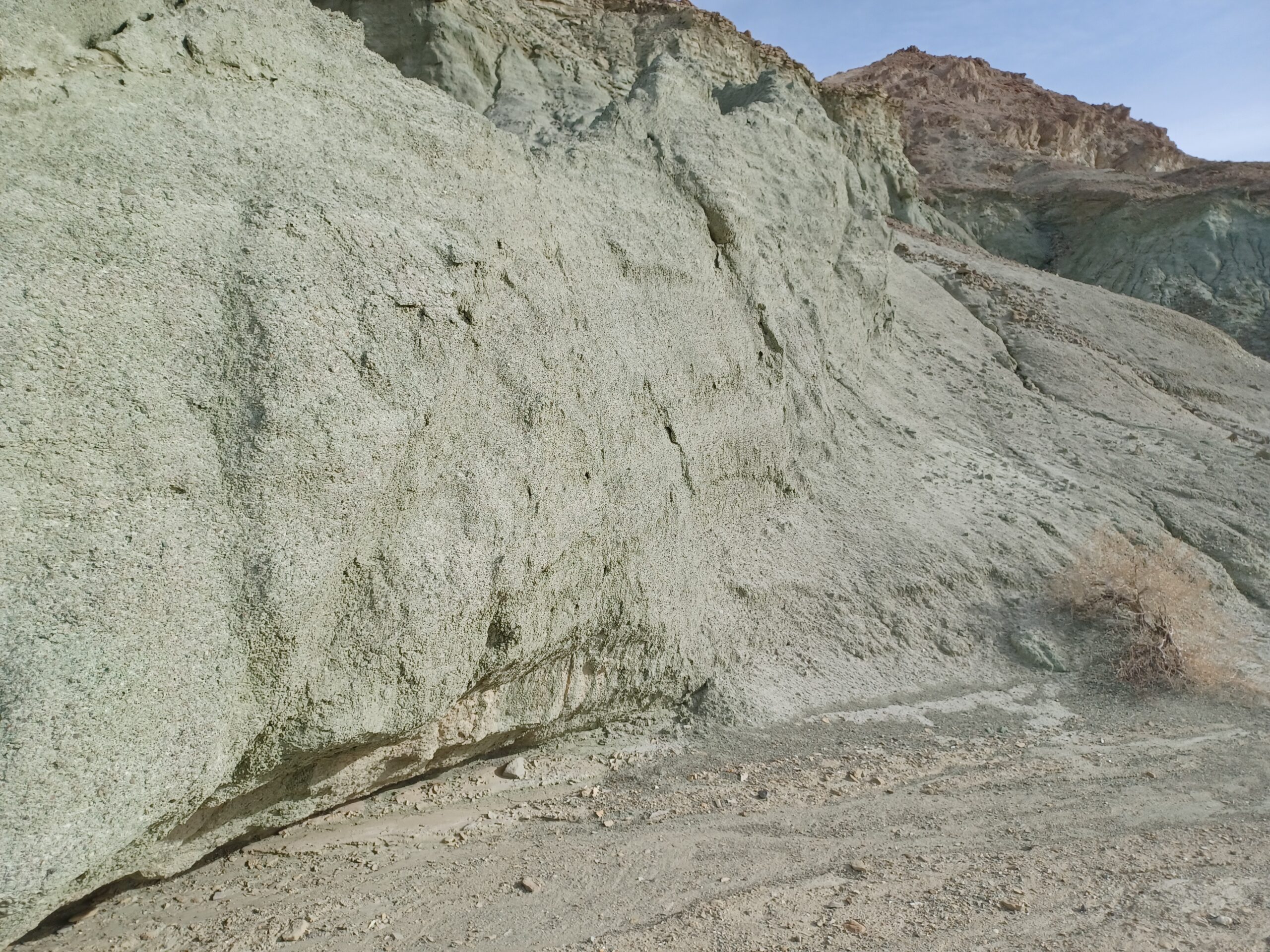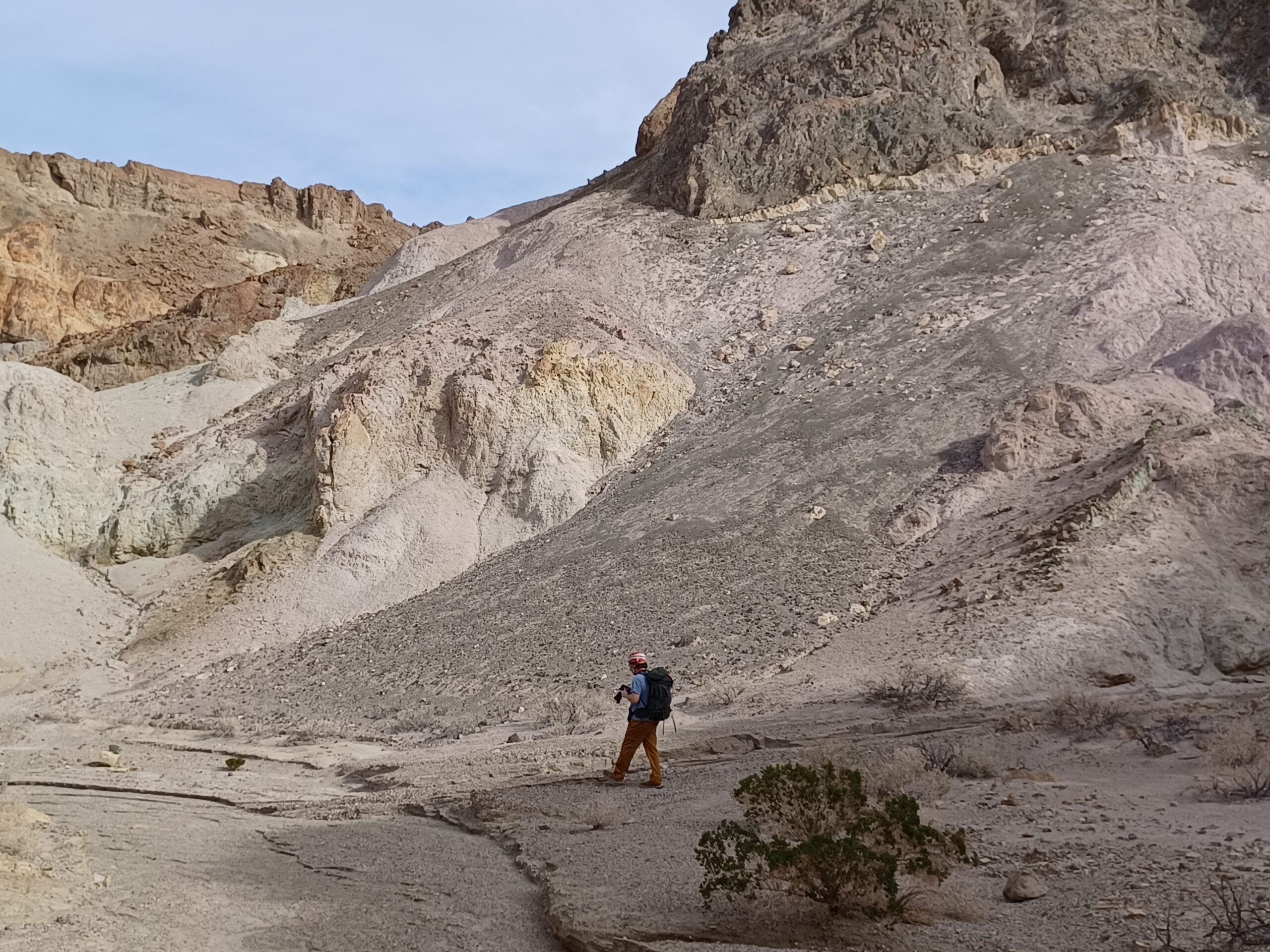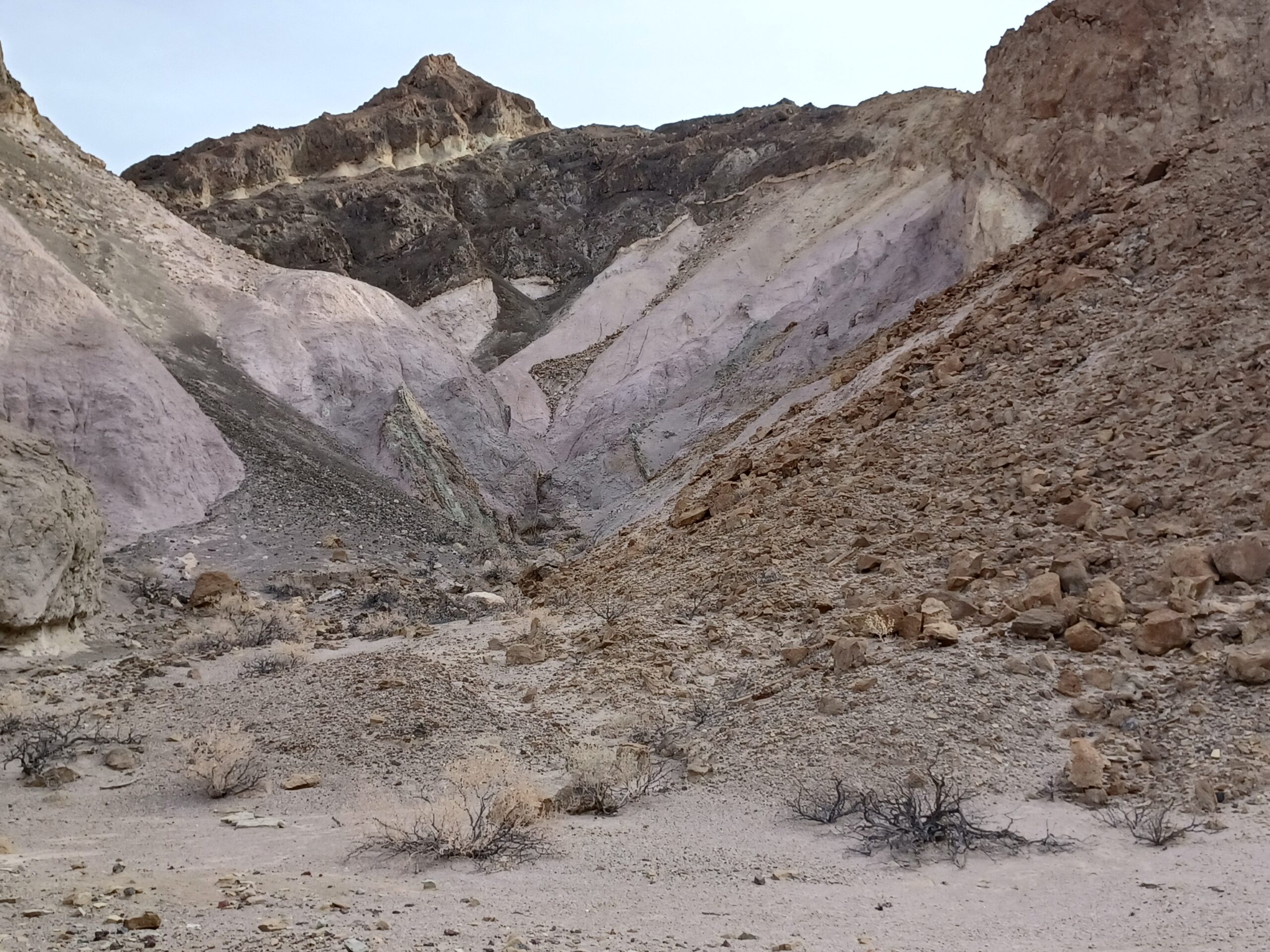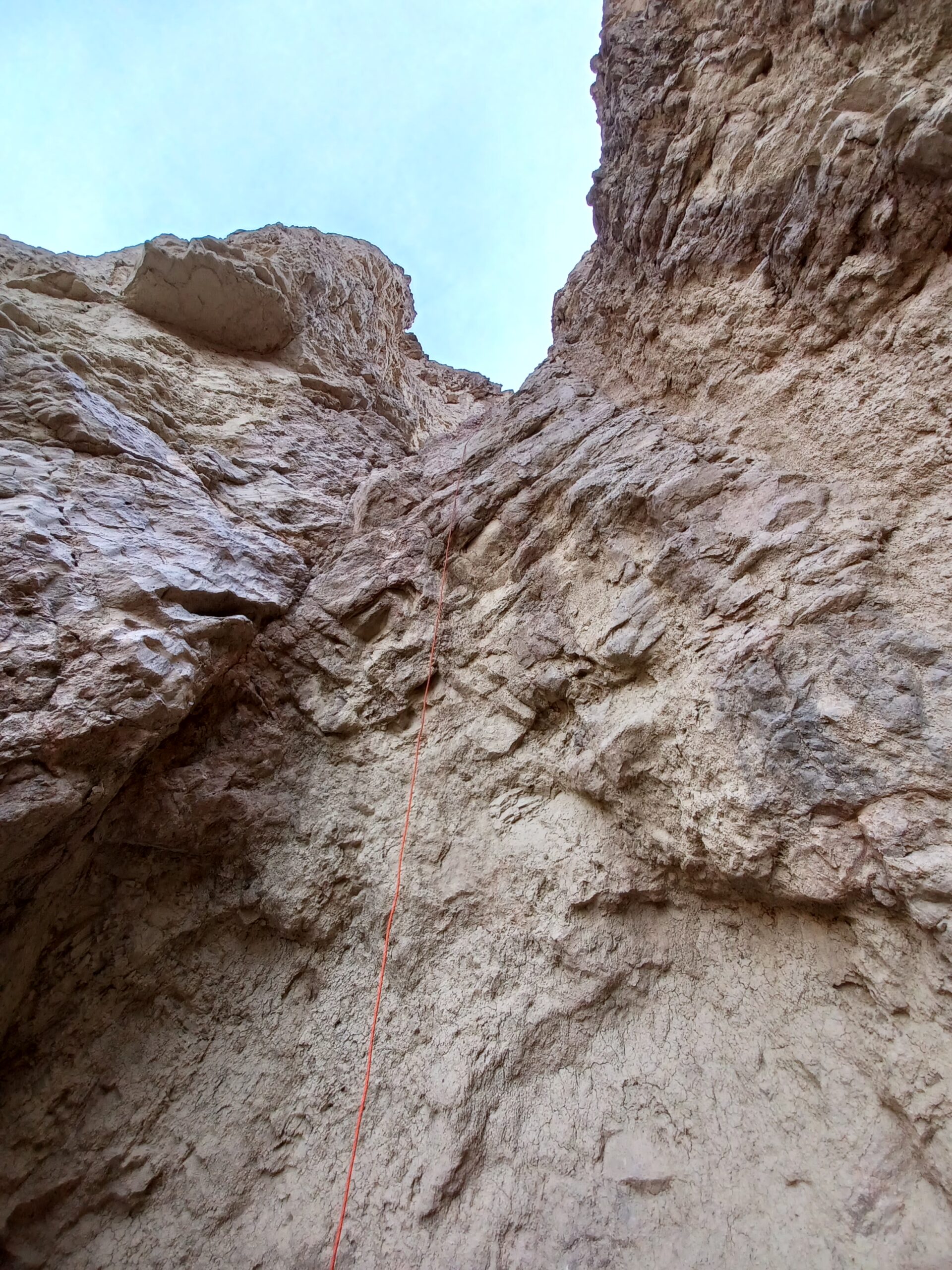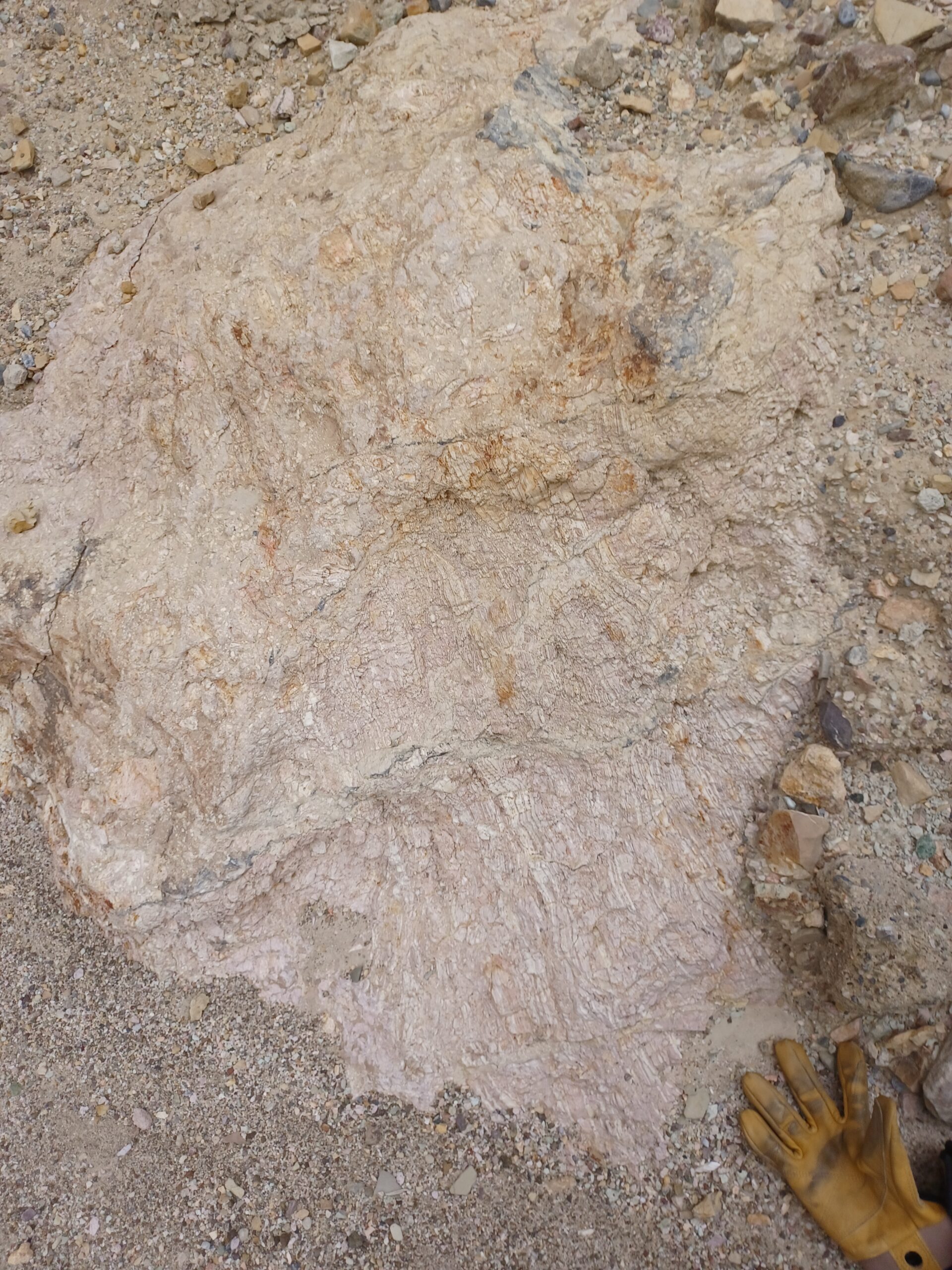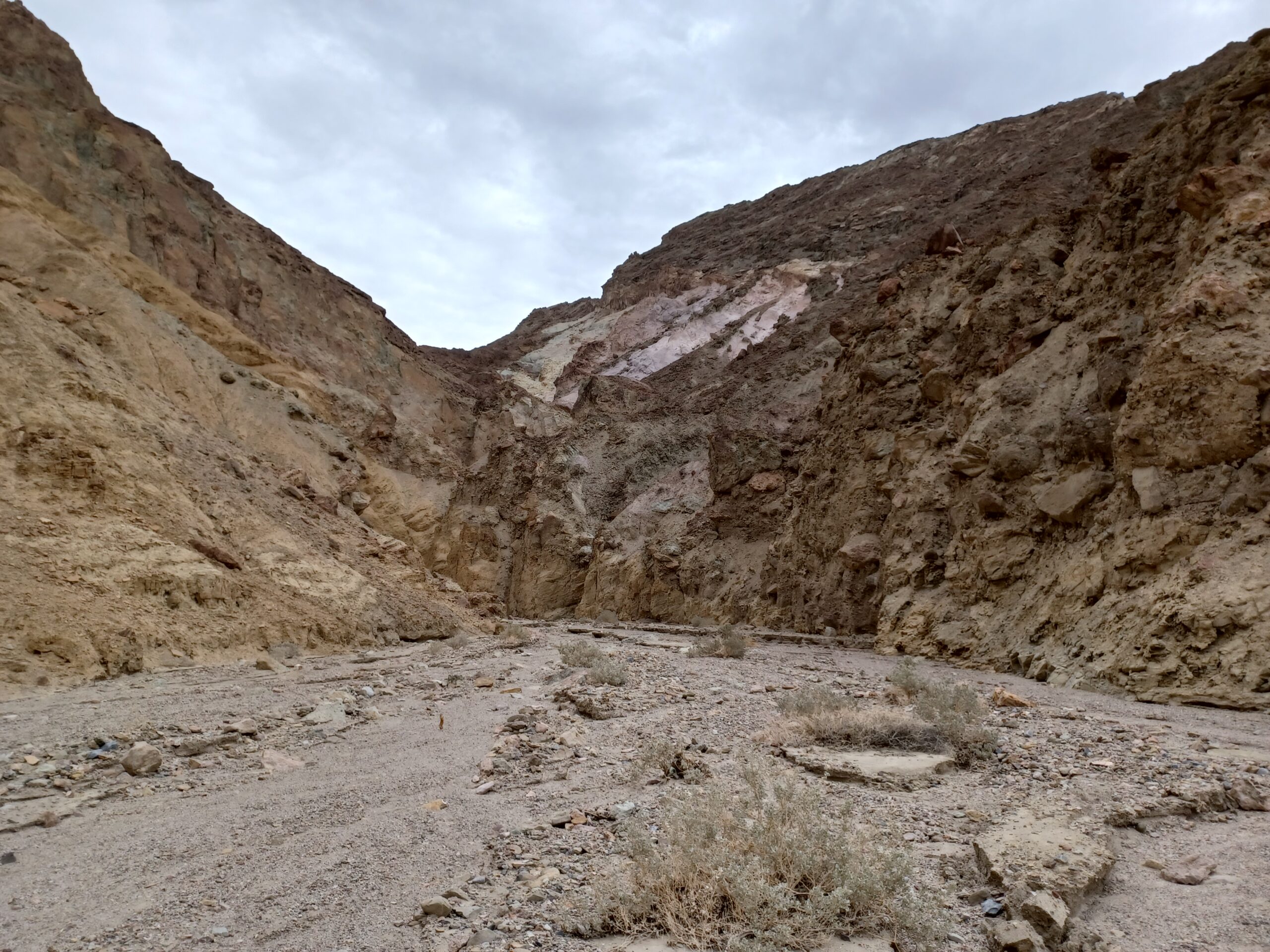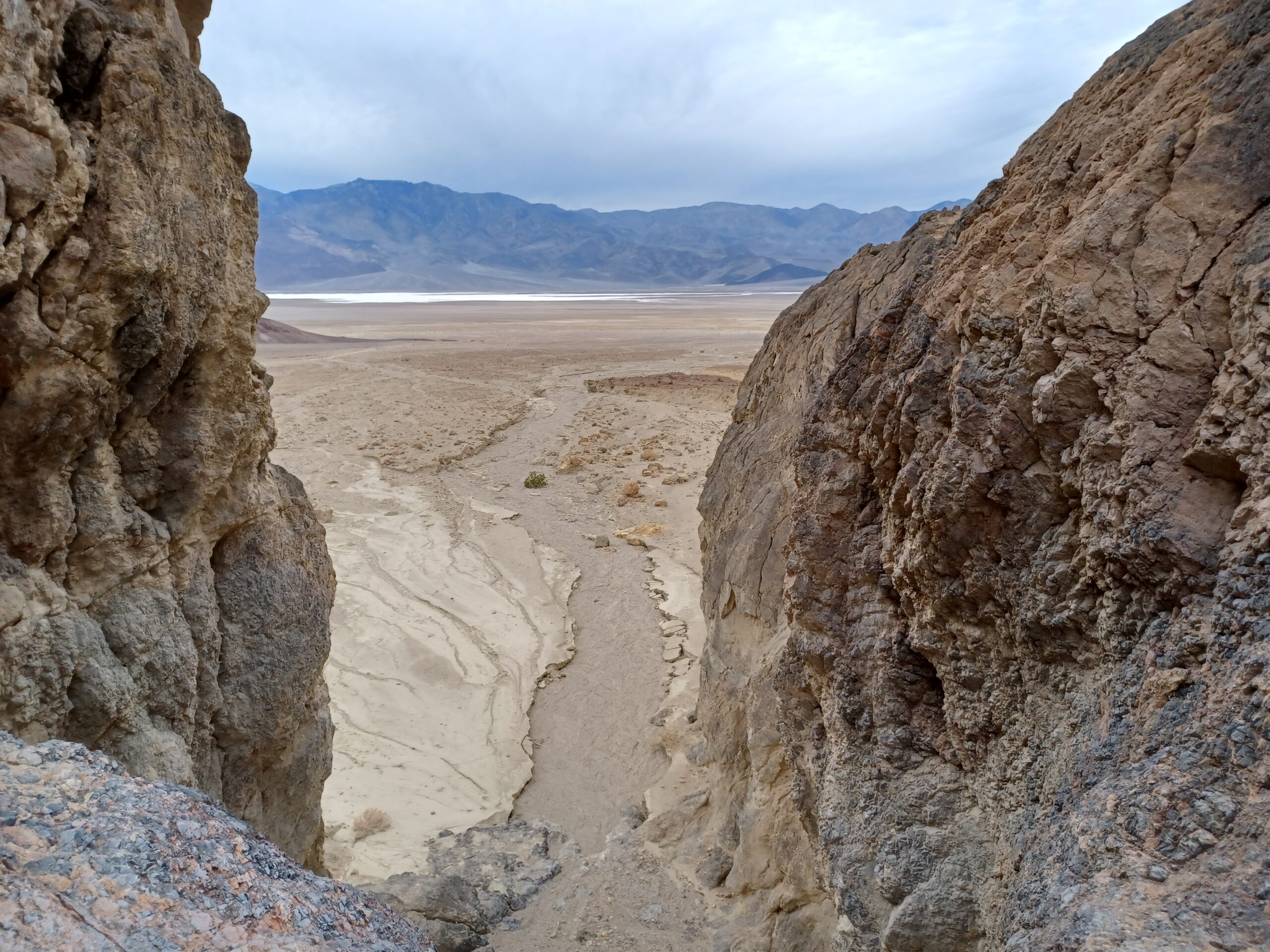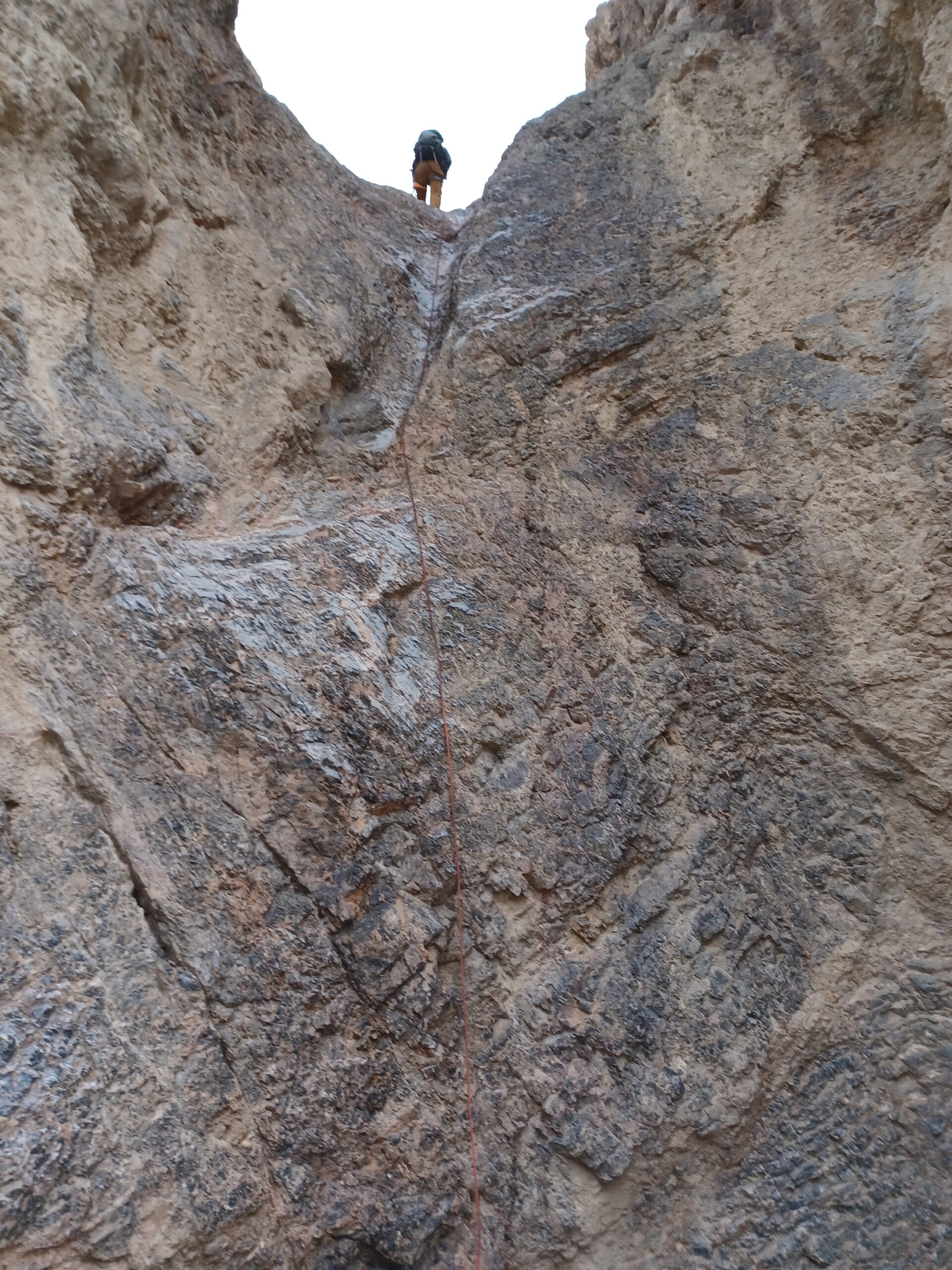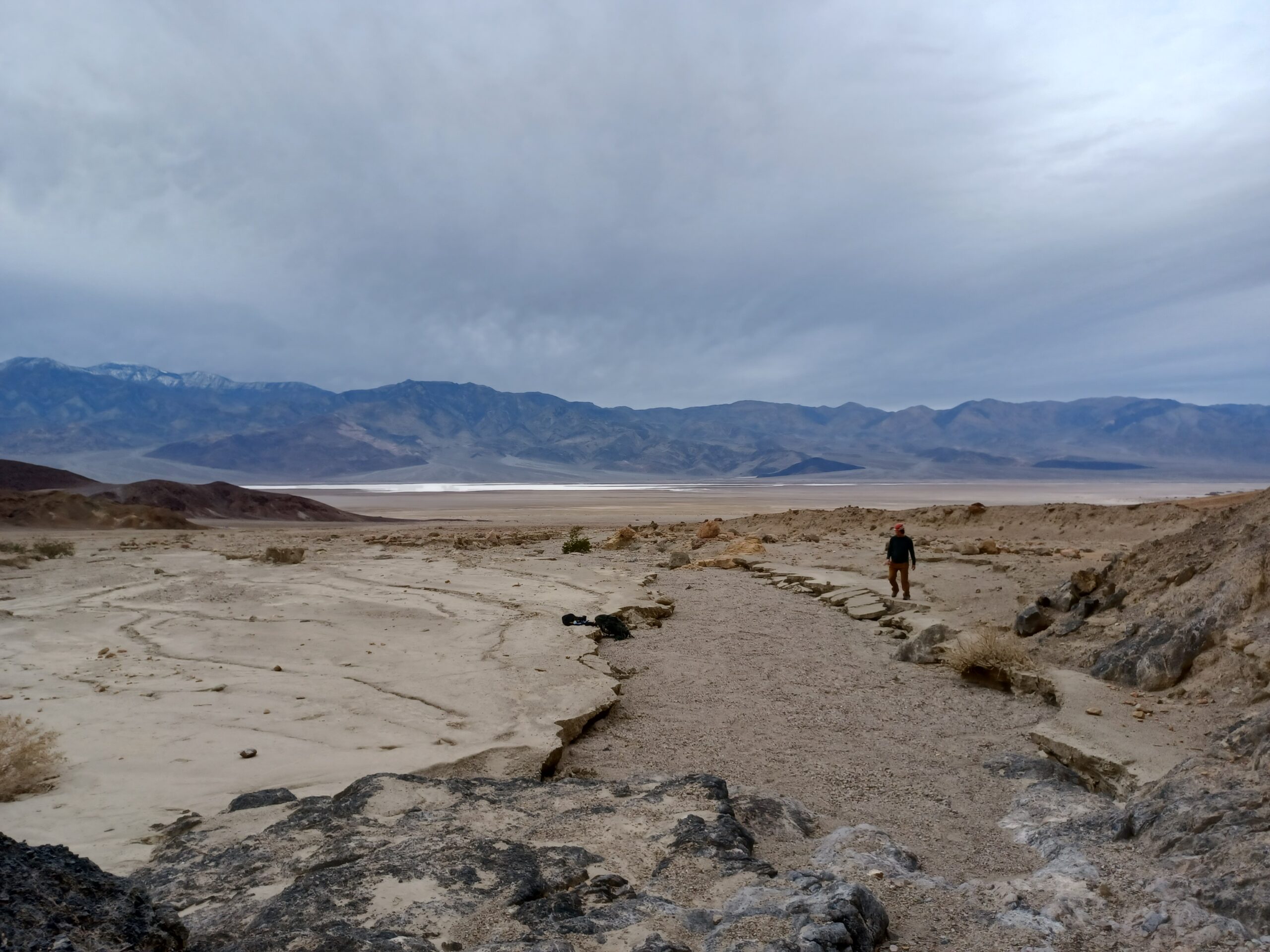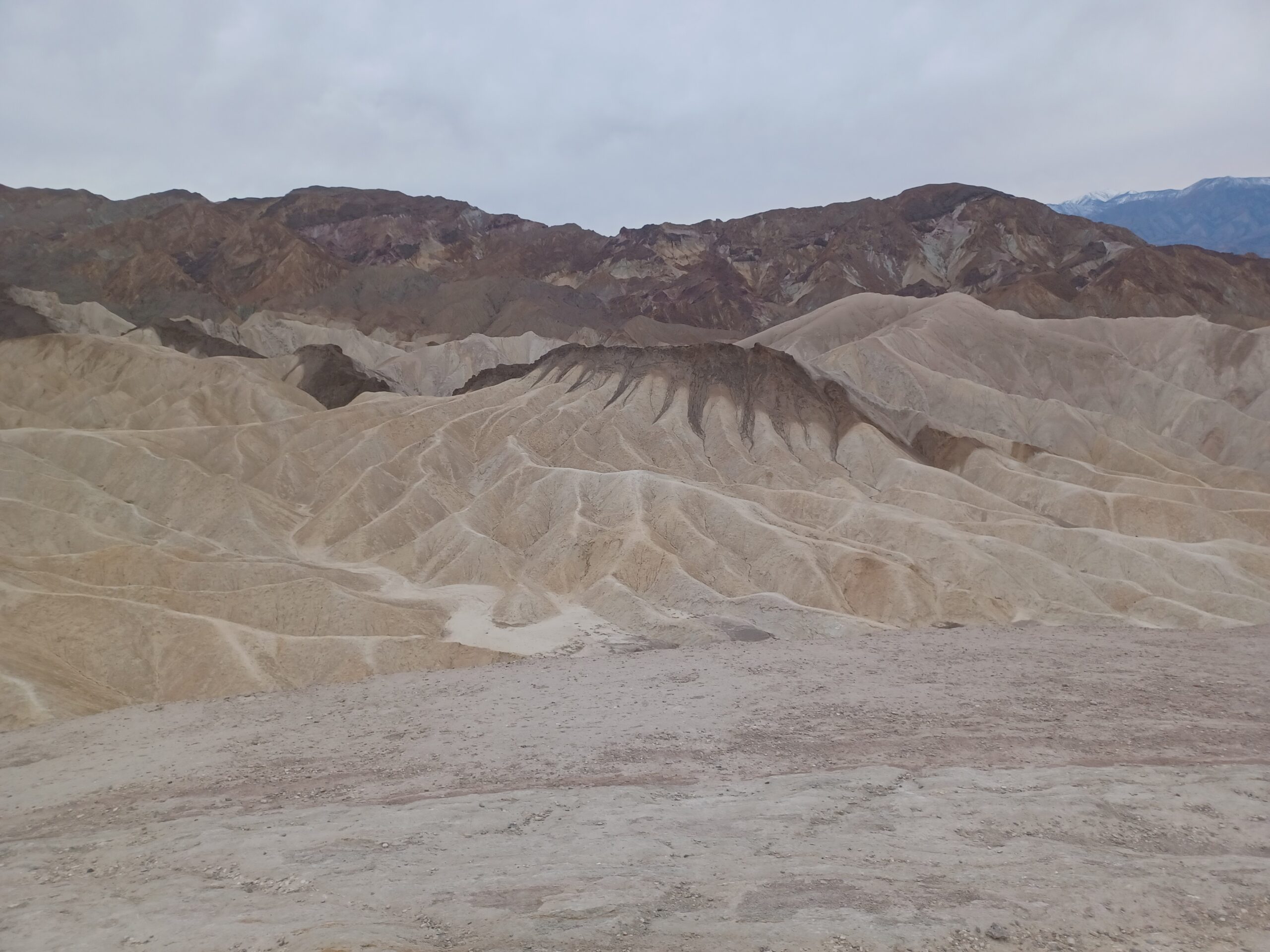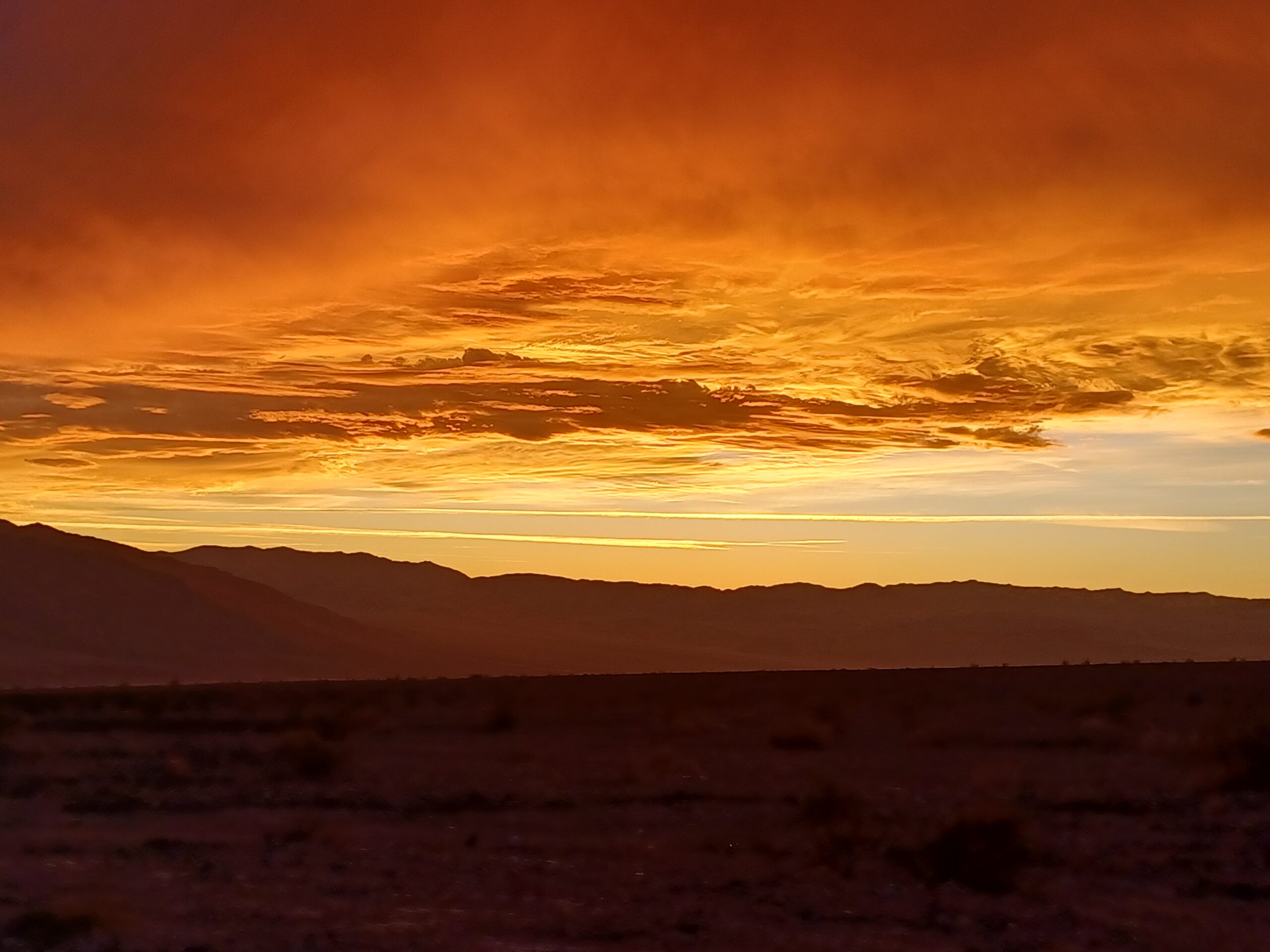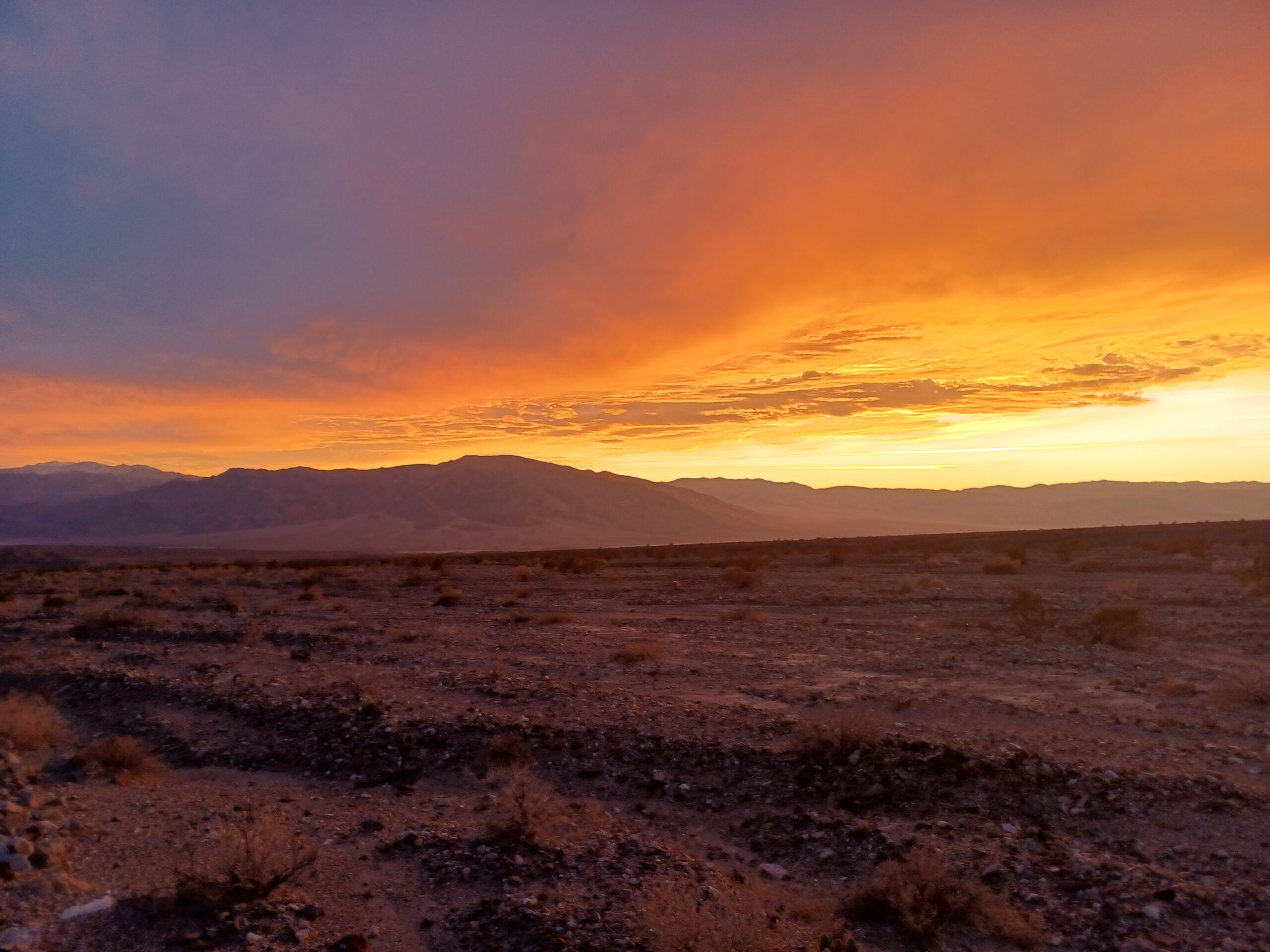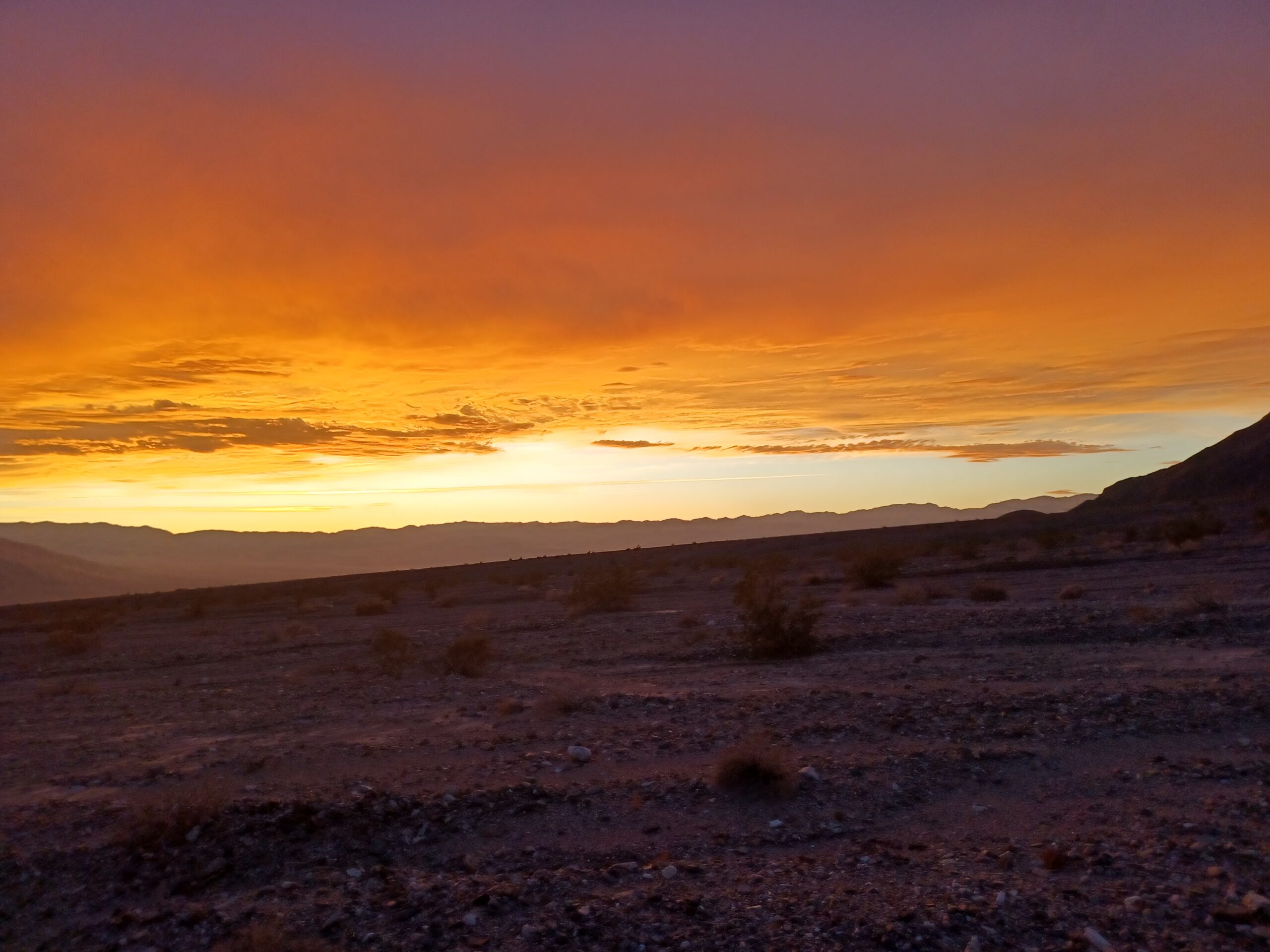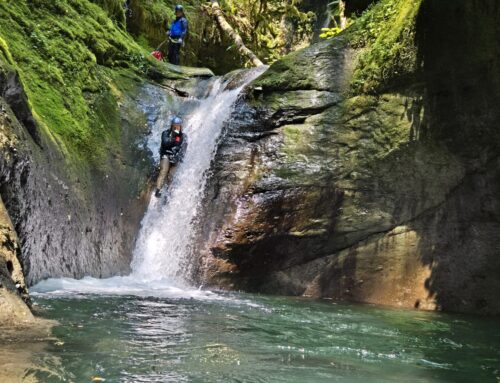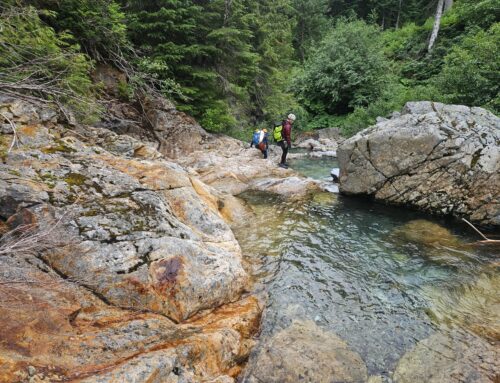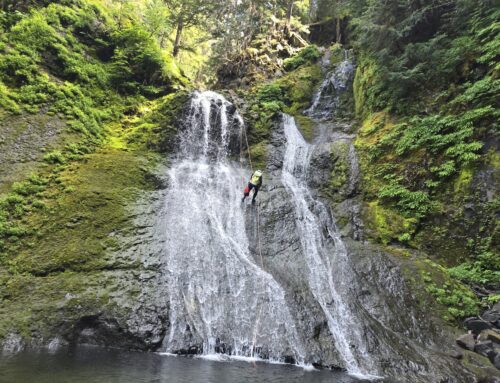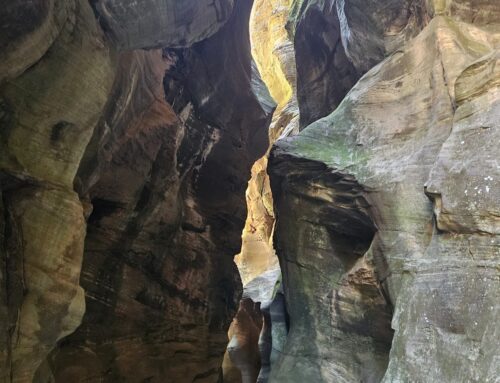Right before Christmas, Max and I drove down to Death Valley NP for a few days of R&R (defined as canyoneering for four days straight!). While Seattle and the rest of the country was in the grips of ice and snow, we enjoyed 60+ degree days in the lowest place in the United States. The last time we had been in Death Valley was in 2016, on our second trip. We did most of the popular drives and hikes around the park, and even stayed at the famous Furnace Creek Inn.
This time around, our goal was to get an introduction to the technical canyons of Death Valley. There are actually hundreds of canyons in the Death Valley area, and many of them have just been explored for the first time in the past few years. This fact makes Death Valley a canyoneering hot spot in the winter months when temperatures are pleasantly bearable. We were meeting up with some friends who were already at the park, and also invited our friend Adam Elliott to join us for a couple days. We stayed in the tiny town of Beatty, NV. Population 880 people and probably as many wild burros roaming the streets.
For our first day’s adventure, we chose Scorpion Canyon, a beautiful and easy canyon with a fairly simple approach. There are no permits necessary, but you do need to pay the park entrance fee. One interesting fact about Death Valley canyons is that the names often have a theme but have little to do with the actual canyon. For example, Scorpion is located in the Black Mountains, along with Zabriskie Point and the Artist’s Palette. The canyons in that area are the Arachnid Canyons, named Scorpion, Arachnophobia and Vinegaroon, but not because they are crawling with scorpions. It’s just the theme that was selected.
Adam posted a blog about our day out with lots of gorgeous photos that surpass my meager ability with the camera, so I’m going to defer to him for the most part. Please see the blog post here: https://adamelliottphotography.com/…/death-valley…/
There are lots of great photos of me and Max in the blog.
Scorpion requires a shuttle with one of the cars at Desolation Canyon where we exit and the other on Twenty Mule Team Road. The hike in is very reminiscent of Zabriskie Point, with the same type of white and brown colors. Soon we turned into a side wash that transformed into pink pastels. We were heading towards a large green hill in the distance, which led us to a steep climb up a weakness made of crumbling yellow rocks. The approach to Scorpion passes through some of the upper layers of the Artist’s Palette and has the colorful pastel colors the Palette is famous for. This particular layer consists mostly of mudstone in various colors.
Once at the top of the weakness we climbed up, about 800 feet from the bottom, we found Scorpion Canyon wash and proceeded to walk down. The wash is wide and open with amazing pastel walls in greens, pinks and purples. Eventually, the wash narrows and the technical section begins.
There are several things that distinguish Death Valley from most other places on earth in terms of canyoneering. The first is that bolts are not allowed anywhere in the park, so all anchors are natural. The second is that the plethora of rocks and boulders really lends itself to building cairn anchors. Almost all anchors in Death Valley are basically piles of rocks, with one special rock called a keystone, around which the webbing is tied, and which is supported by the other stones to make sure it does not shift. There is a particular style of cairn preferred in Death Valley, where the keystone is easily inspectable so that you can see if the webbing is fresh and change it out if needed. Every time it rains heavily, all the anchors need to be rebuilt.
For those of us who come from sandstone canyons, Death Valley is a whole different planet. Due to the cairn anchors all being very low on the ground, we have to get used to awkward starts. The rocks are sharp, made up of many types of geologic layers at once, so you need to watch your rope, so it doesn’t get cut. I would say that aside from Class C canyons that involve flowing water, Death Valley is definitely one of the most challenging places to canyoneer.
The technical portion of Scorpion consists of eight rappels. The third is the longest, about 150 feet over two stages, with a free hang at the end.
Descending the canyon is basically going down a cross section of the Artist’s Palette and seeing all the different colors and textures in the rocks. Mudstone is mixed in with conglomerate rocks and many other types as well. It would be amazing to have a geologist on our team.
Once you get to the lower part of the canyon, it really opens up into a large wash, with yellow and brown walls. Towards the end, you get some beautiful glimpses of the salt flats in the distance, framed by mountains towering overhead. One last rappel down to the bottom, and we walked down a wash to find our cars in the Desolation Canyon lot, while enjoying the views.
It was a great day and a wonderful introduction to canyoneering in Death Valley. On the way out, we dropped by Zabriskie Point and caught an amazing sunset!
